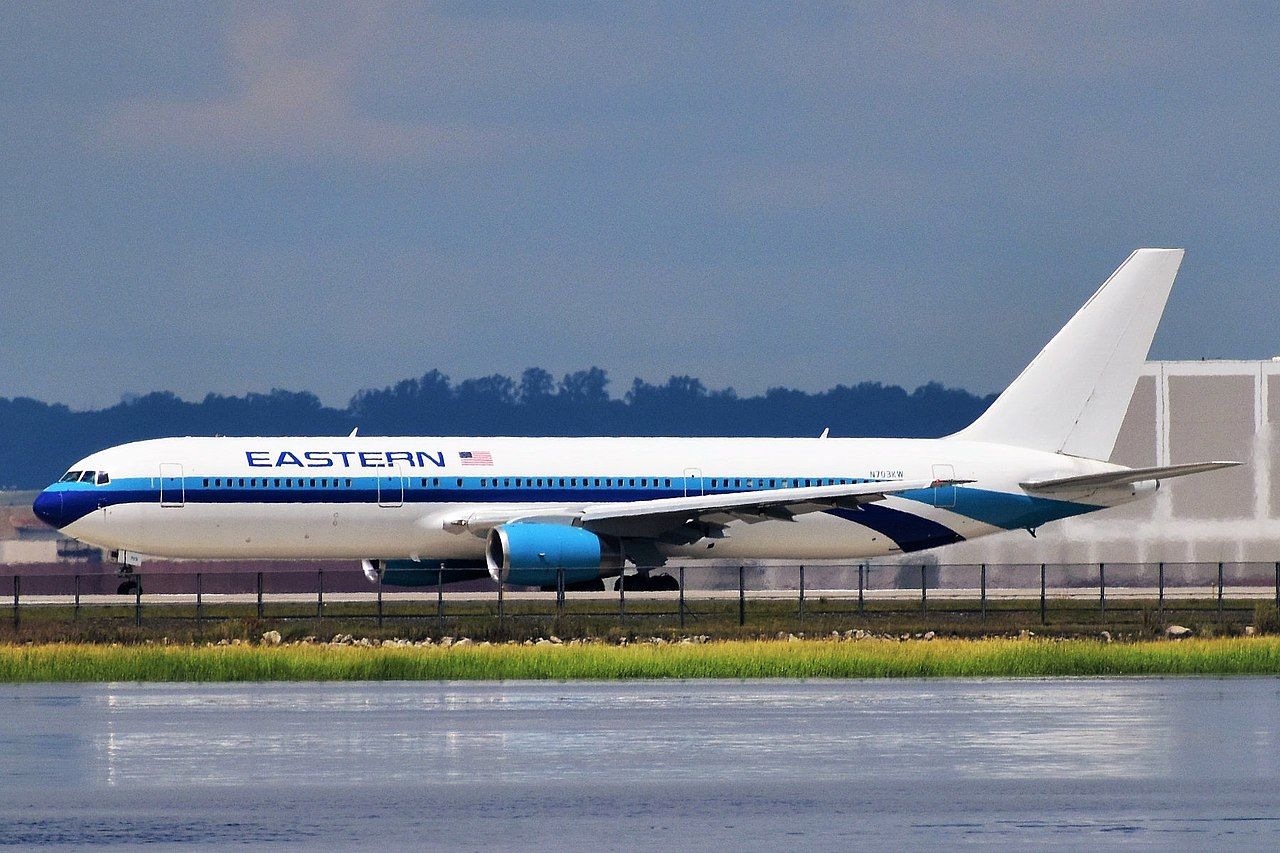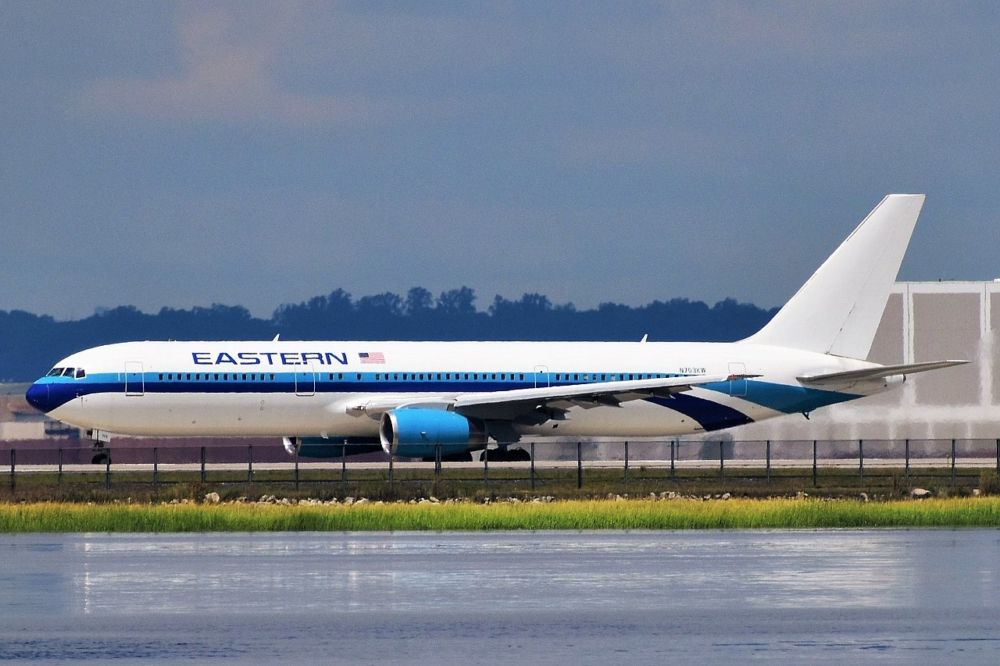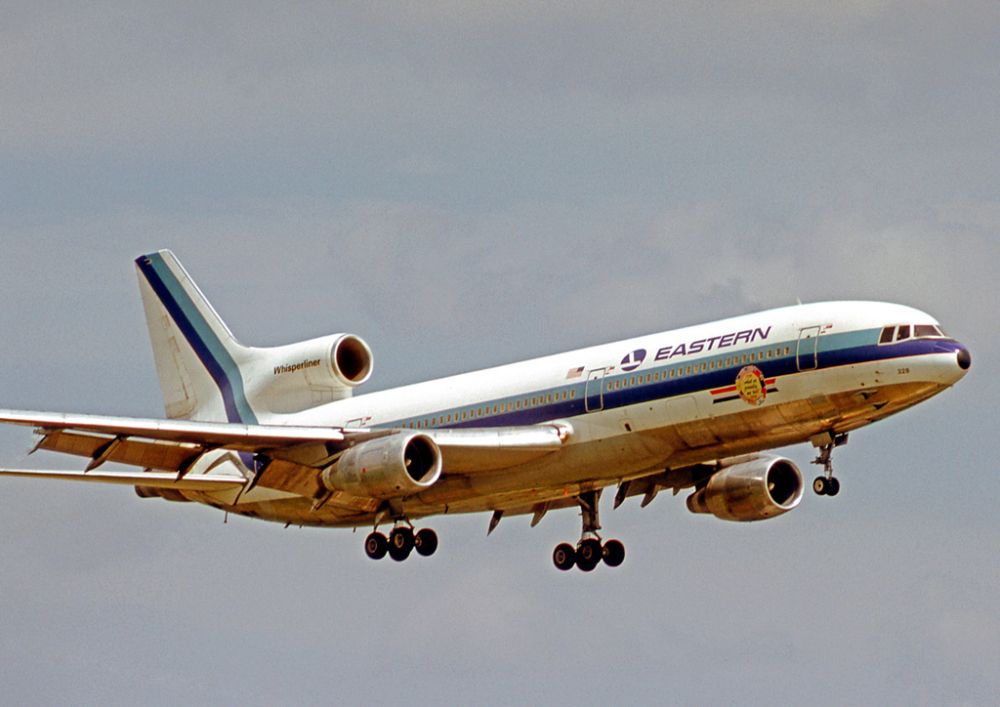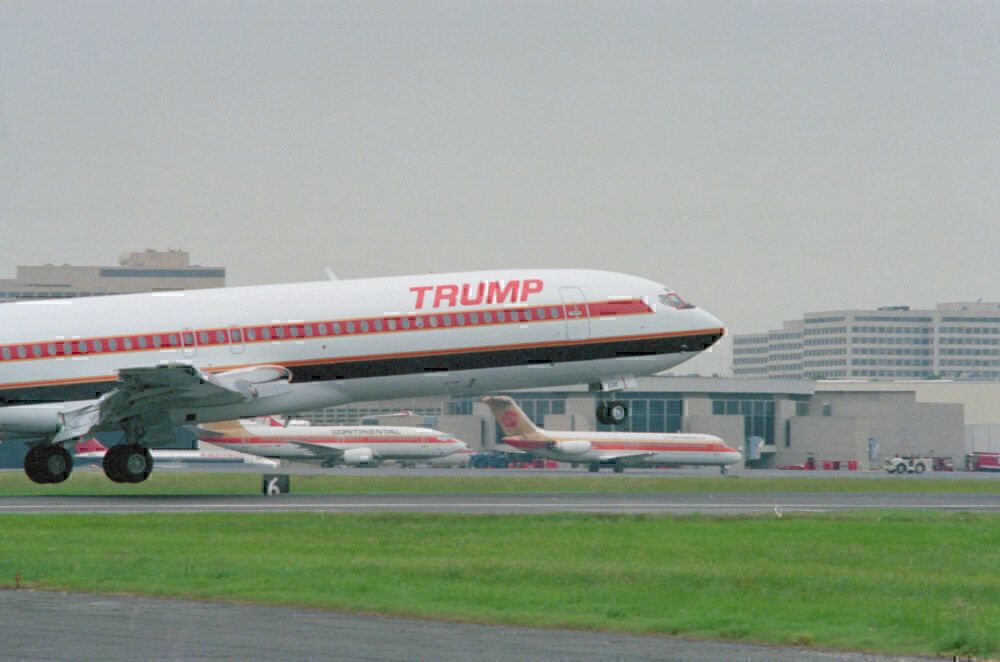Once one of the "Big Four" United States domestic airlines, Eastern Air Lines could trace its history back to World War I flying ace Eddie Rickenbacker. Sadly for Eastern and its loyal customers, what was once the Northeast's most prominent carrier life came to an end in 1991 after a devastating strike. With this in mind, we will look at what led to Eastern Air Lines and its assets being liquidated in 1991.
From the 1930s until the 1950s, Eastern Air Lines had a near-monopoly on flights between the big northeast cities and the sunshine state of Florida. In the 1970s and 80s, things started to unravel following the airline industry's deregulation in the United States. In 1978 Eastern's President Frank Borman made a wrong decision when deciding that Eastern would be the launch customer of the Boeing 757.
Stay informed: Sign up for our daily and weekly aviation news digests.
Eastern Air Lines was paying $700,000 a day in interest
The oil crisis and the debt burden already being carried by the airline following the purchase of Airbus Airbus A300s were becoming unmanageable. To put the debt into perspective. Eastern was paying out $700,000 in daily interest before they even sold a ticket.
In 1986 American businessman and owner of Texas Air, Frank Lorenzo, stepped in to buy what was at the time the nation's third-largest airline. Eastern continually had to compete with Delta Air Lines at its Atlanta hub, whose mainly non-unionized staff gave Delta the advantage.
Elsewhere startup low-cost carrier People Express started to chip away at Eastern's passenger base by offering lower fares than Lorenzo's airline. To try and compete with the lower fares Eastern ran a marketing campaign promoting the quality of its service and the experience of its pilots. Truth be told, people were more interested in cheap fares.
Eastern paid a $9.5 million FAA fine for safety violations
In 1987, Eastern Air Lines agreed to pay a $9.5 million fine for safety violations predating the time of Lorenzo's management. This led to the elimination of 4,000 jobs and Eastern flights to cities in the Western United States. At the time, Eastern said it was a move designed to take the airline back to its Northeast roots.
The critical crunch for Eastern was a series of labor disputes after staff were asked to take pay cuts. In March 1989, Lorenzo locked out mechanics and ramp service employees. Concerned that Lorenzo would break the Machinists and Aerospace Workers union that represented the locked-out workers, the pilots' and flight attendants' unions called a sympathy strike. The result of this was canceled flights and the loss of millions of dollars of revenue.
Eastern Air Lines' assets were sold off
Lorenzo began selling off assets for attractive prices. For instance, it sold its Eastern's Boston-New York-Washington shuttle to Donald Trump. Other parts of Eastern were then sold to Lorenzo's Texas holding company and its subsidiary, Continental Airlines.
Struggling to compete with the rising cost of fuel and stiff competition from other airlines, Eastern filed for bankruptcy protection on March 9, 1989. This gave Lorenzo breathing space to operate the airline with non-unionized employees. In 1990, the courts removed Eastern from Texas Air's control, citing neglect and mismanagement after Lorenzo was found selling off Eastern assets to his other companies at prices well below market value.
Unable to carry on any further, Eastern Air Lines stopped flying on Saturday, January 19, 1991, ending what had been a 60-year run.
Even before Frank Lorenzo took control of Eastern Airlines, CEO Frank Borman and Charlie Bryan were fighting each other. Borman blamed the unions while Bryan blamed management for Eastern's problems. When Lorenzo took over, Bryan would not back down from his stance, and Lorenzo would not compromise.
Ultimately the failure of Eastern Airlines can be blamed on several factors:
- Competition from low-cost carriers like Spirit and JetBlue
- The dominance of American Airlines at its Miami hub
- The stubbornness of the head of the International Association of Machinists union Charlie Bryan
- The failure of owner Frank Lorenzo to negotiate a compromise
In retrospect, many would say that Frank Lorenzo was a visionary who saw the future of airlines in the United States. The fact that public opinion was on the side of the Eastern employees did not help matters though. In the end, Eastern was doomed to fail and probably would not have survived no matter who won the management union struggle.
Do you remember flying with Eastern? If so please tell us about it in the comments.




